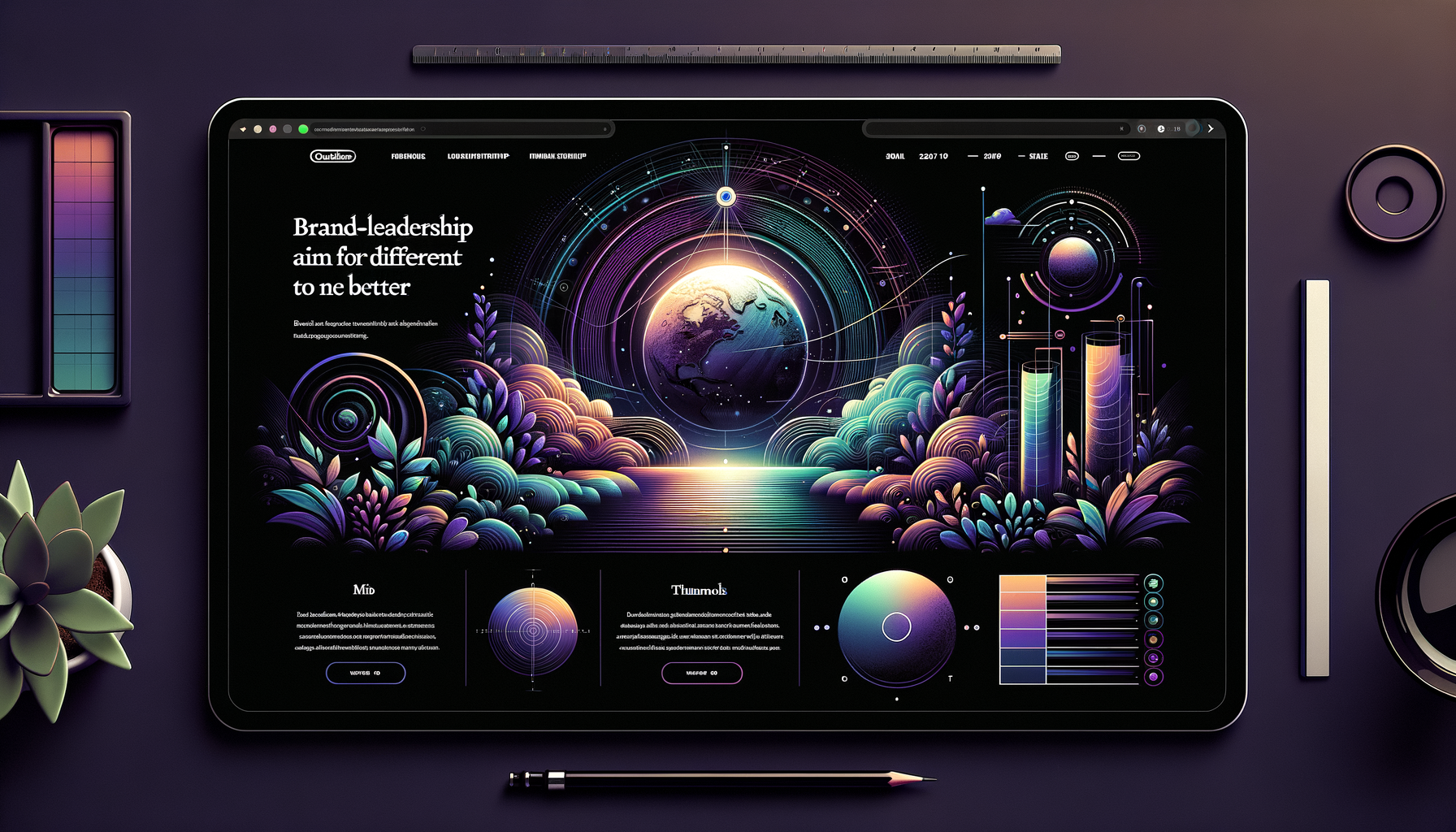Understanding the 70:20:10 Rule for Agile Personalization
In the ever-evolving landscape of modern business, the necessity for bespoke customer experience strategies has never been more paramount. Agile personalization, an innovative approach that amalgamates flexibility with personalization, is becoming a cornerstone in digital marketing strategies globally. Here, we delve into the 70:20:10 rule for agile personalization, exploring how it impacts businesses, especially within the realm of cybersecurity and technology. This article will furnish you with an exhaustive understanding of this strategy, highlight its practical applications, and accentuate its importance for enterprises and individual stakeholders across the European Union and beyond.
What is the 70:20:10 Rule for Agile Personalization?
The 70:20:10 rule, which initially gained traction in corporate learning, serves as a framework meant to optimize processes by dedicating specific percentages of effort across diverse aspects. In the context of agile personalization, this model signifies:
- 70% Core Personalization: This represents the bulk of efforts focused on established, proven personalization strategies. These are the personalization efforts that your team knows will yield consistent results, such as leveraging customer data to customize email marketing campaigns or tailoring product recommendations on e-commerce platforms.
- 20% Adaptive Personalization: This portion is reserved for explorative strategies that adapt and evolve based on ongoing assessments and feedback. These might include A/B testing or harnessing AI-driven insights to refine customer engagement techniques.
- 10% Innovative Personalization: Here, the emphasis is on experimental tactics that push the boundaries of current personalization ventures. This might involve implementing cutting-edge technology, such as augmented reality experiences for users or trialing new platforms for audience engagement.
By structuring personalization strategies through the 70:20:10 framework, businesses can ensure a balanced approach that maximizes efficiency while encouraging innovation.
The Importance of Agile Personalization in Cybersecurity
In a world where digital threats are constantly evolving, personalization in cybersecurity is critical. The European Union’s stringent data protection directives, such as the General Data Protection Regulation (GDPR), demand not only compliance but also proactive measures to safeguard user data. Agile personalization can play a pivotal role by enabling businesses to tailor their security measures to meet the specific needs of their user base, thus enhancing trust and security.
According to a report by Statista, global spending on cybersecurity is projected to exceed USD 270 billion by 2026, underscoring the increasing demand for robust security solutions. Incorporating agile personalization into these solutions can make them more responsive to the peculiarities of different organizational environments, thus ensuring more comprehensive protection.
Examples of Agile Personalization in Cybersecurity
Several companies have successfully integrated agile personalization within their cybersecurity frameworks:
- Custom Security Protocols: Companies are increasingly adopting bespoke security protocols that reflect the specific threat landscapes of their sectors. By analyzing user behavior, businesses can deploy security measures that adapt in real time to emerging threats.
- AI-driven Threat Detection: Leveraging artificial intelligence to evaluate historical attack data and current threat intelligence allows personalized detection systems to preemptively identify and flag potential threats.
The Role of Technology in Enhancing Personalization
Advancements in technology are at the forefront of enabling agile personalization, particularly through platforms that harness machine learning, AI, and data analytics. These technologies facilitate the gathering of insights from vast datasets, which are critical for crafting effective personalization strategies.
Machine Learning and AI
AI and machine learning algorithms can sift through terabytes of customer data to discern patterns and preferences. This analysis informs the creation of personalized customer experiences. As personalization efforts ramp up, AI models continuously learn and refine themselves, thereby increasing their accuracy and effectiveness over time.
Data Analytics and Insights
Data analytics tools empower businesses to delve deeper into customer behavior and preferences. By analyzing metrics such as click-through rates, session durations, and conversion rates, firms can fine-tune their personalization strategies, ensuring that marketing efforts resonate with their target audience.
Our Services at Hodeitek
At Hodeitek, we offer an array of services that support businesses in achieving agile personalization. Our expertise in cutting-edge technology and cybersecurity solutions ensures that your business can implement effective and innovative personalization strategies without compromising on security and compliance. Whether you are looking to enhance your digital marketing efforts, streamline your IT infrastructure, or fortify your cybersecurity measures, Hodeitek has you covered.
Implementing the 70:20:10 Rule: Best Practices
Integrating the 70:20:10 rule into your business strategies involves several key steps:
- Assess and Understand Your Audience: Detailed demographic and psychographic research is crucial. Understanding your audience allows you to tailor your personalization efforts to suit their unique needs.
- Adopt Agile Methodologies: Leverage agile frameworks that promote iterative testing and flexibility. This helps in swiftly responding to feedback and making necessary adjustments.
- Leverage Technology: Invest in technologies that facilitate comprehensive data analysis and customer insights. This could include CRM systems, data analytics platforms, and AI-driven tools.
- Measure and Iterate: Continuous assessment of personalization strategies through KPIs and customer feedback is necessary. This ensures that your 70% core strategies remain relevant while your 20% adaptive and 10% innovative tactics evolve as needed.
Conclusion: Embrace Agile Personalization for Strategic Advantage
In conclusion, the 70:20:10 rule for agile personalization offers a strategic advantage for businesses aiming to deliver exceptional, tailored experiences to their customers. The methodology provides a structured yet flexible approach that allows businesses to stay ahead of market trends, particularly in the critical areas of technology and cybersecurity. By adopting this framework, companies can build resilient strategies that not only drive customer satisfaction but also foster long-term success.
To leverage the benefits of agile personalization in your business, contact us at Hodeitek. Our team of experts is ready to help you revolutionize your personalization strategies and achieve your business goals. Embrace innovation and agility in your processes today for a successful tomorrow.






